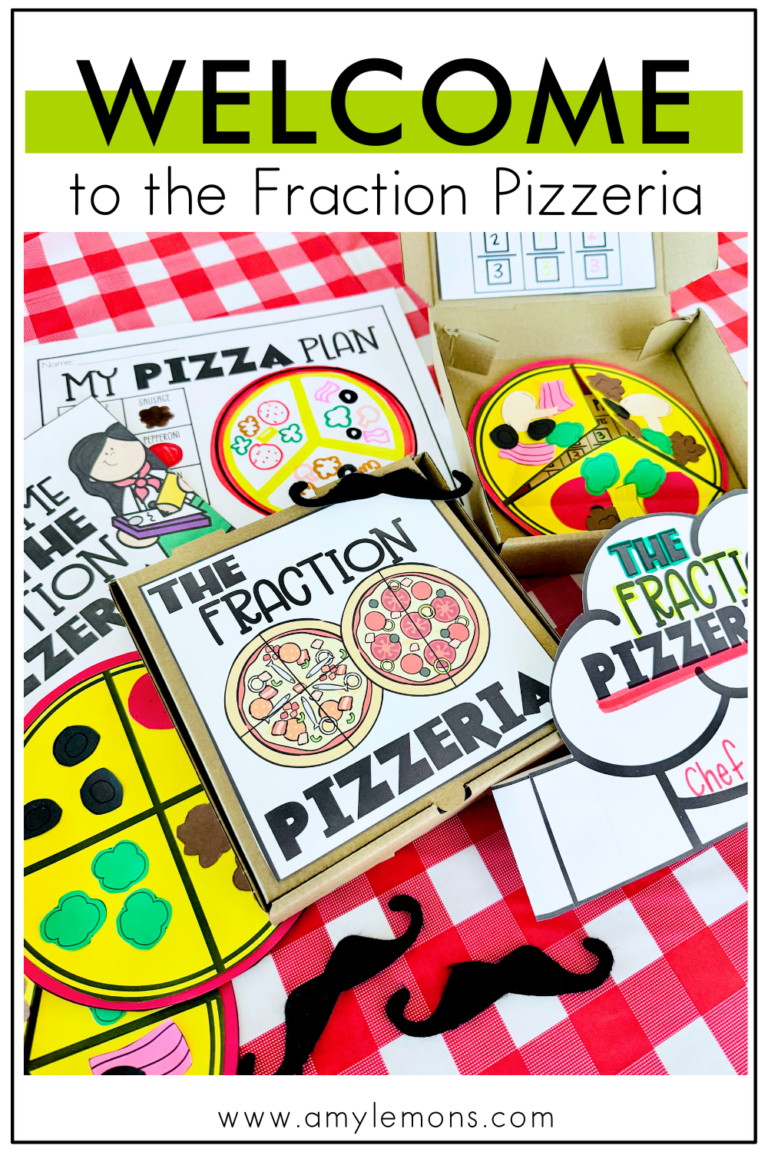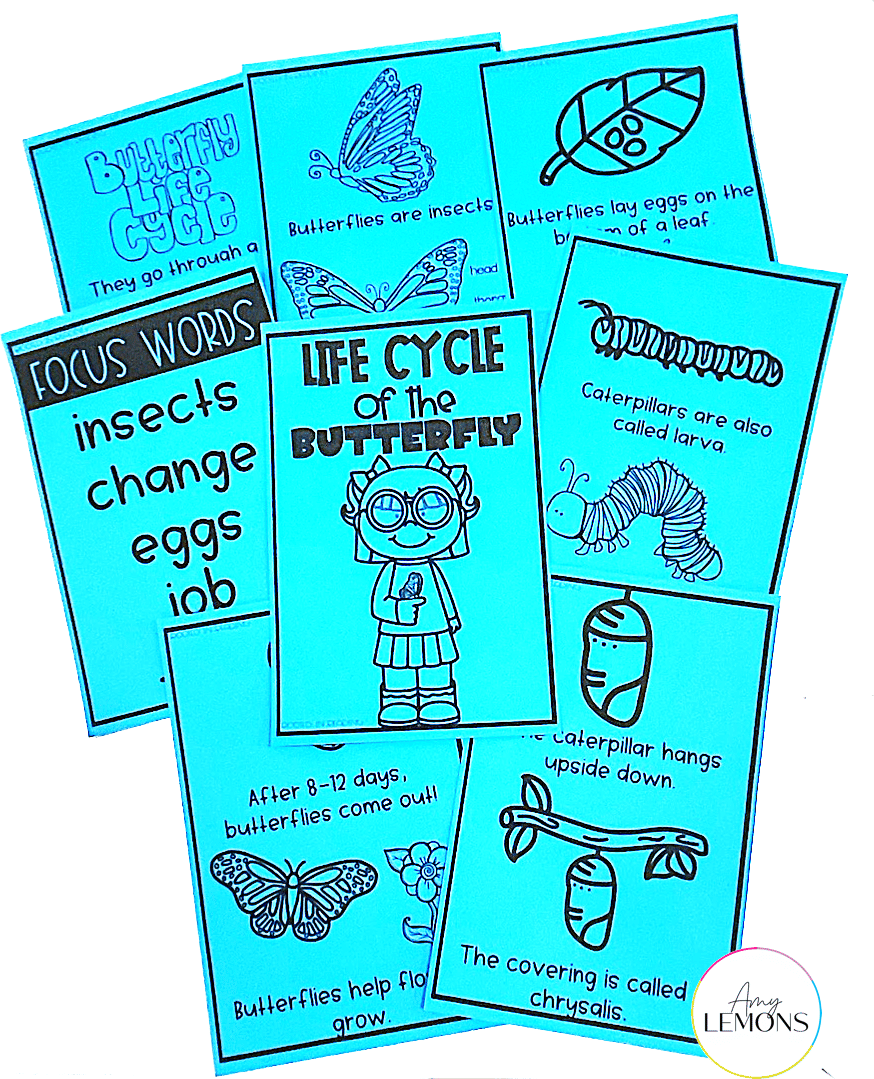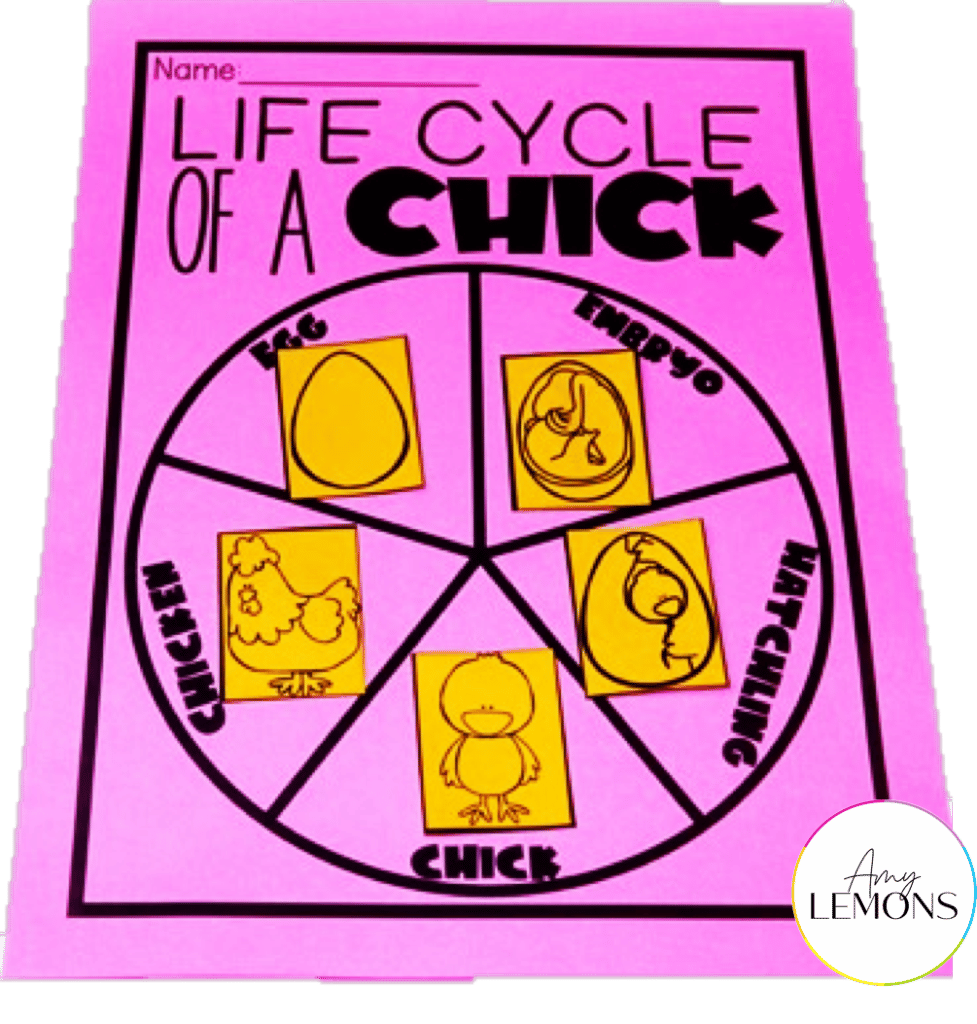

Okay, I’m just going to come right out and say it. I am so excited about today’s post!! Why? Well, I get to talk about one of my FAVORITE lessons to teach…life cycles! There’s something so fun about learning how various life forms are created. When you’re in the classroom actually hatching chickens or watching butterflies emerge, there’s just nothing that beats that feeling or the excitement (or disgust, ha!) you see on the kid’s faces. Nothing.
So, today, I wanted to dive deep into some really fun ways to teach about life cycles in your classroom. Plus, I wanted to make sure you got your hands on our newest life cycle FREEBIE, but I’ll get into that later! First, here’s a look at some of my favorite activities for teaching life cycles.

Anchor charts are staples in the classroom and a classic for visualizing any concept! That does not fall short when it comes to life cycles. Like the chicken life cycle anchor chart above, not only are they visually appealing but they create a focal point for the lesson.

Using the anchor chart, you can display each stage of the life cycle. As a class, students can describe and identify various facts learned about the animal, insect, or any other life form. You can use online research links or nonfiction books to gather information. We use little fact sheets or just sticky notes to add facts to our butterfly chart!

I love using mini-readers in my classroom! Especially when it comes to researching animals or insects, having a nonfiction reader is a great way for students to learn about a topic. We create mini-readers for our Rooted in Reading units to help students comprehend and analyze nonfiction text, and it’s a great tool to help them gather facts about the world’s creatures!


If you don’t include a life cycle craft with your lesson then you are missing out on a beneficial step. They aren’t just cute to look at or definitely NOT busy work. It’s proven that hands-on projects are essential to learning as they engage the senses. So, you can imagine how helpful this would be when learning about how something is created!
Having students craft the life form, like the butterflies above, will give them an idea of how intricate the process is and they get to “create” a life, too. I always include a writing page to help them reflect on what they’ve learned!
A good video can go a long way in showing students what these stages look like. But you have to make sure they’re kid-friendly, otherwise, it can be a snooze. Butterflies and chicks are popular in the classroom, so I thought I would share a couple of video suggestions that I think will highlight the life cycle while keeping it fun and interesting for the kids.
If you’re learning about chickens, check out this video.
If you’re learning about butterflies, this is a great option.
This next video has a fun song that talks about various life cycles.

To ensure your students know what they know, finish things off with a life cycle matching game! Students can sort each stage of the life cycle by matching the images with their place in time like the graphic organizer above or you can have them label each stage instead like the label me activity below! (psst…the activity below is a freebie for you!)

By incorporating each of these activities for teaching about life cycles, you’ll have everything you need to ensure comprehension. But just to make sure, I am giving you a FREEBIE!

Inside the freebie, you’ll get a Life Cycle of the Chicken booklet (mini-reader), posters, and a labeling activity! You can get your hands on this FREE resource in my TPT shop right HERE.
The free booklet would pair perfectly with our larger chicken life cycle unit from our May Rooted in Reading First Grade resource. The chicken life cycle activities mentioned in this post were pulled from this unit! You can find that HERE.
And since we’re talking about chickens, you might like THIS directed drawing of a chick!
If you’re working on butterflies and curious about the butterfly activities mentioned in this post, then you will want to check out our Rooted in Reading for Kindergarten April unit right HERE, where you will find the life cycle of a butterfly anchor chart, booklet, and flying craft.
Our April Rooted in Reading for First Grade unit is where you can find the butterfly with stages craft and writing page. Check that out right HERE.
Okay, I’m done. I just want to make sure you have everything you need!


Hey, y’all! My name is Amy Lemons and I am passionate about providing students with both engaging and effective standards-based Math and ELA lessons.

Sample a day of Rooted in Reading with these lesson plans and activities for Reading Comprehension, Vocabulary, and Grammar!
2 Responses
Hi Amy,
Is there an email to contact you at? The Rooted in Reading Google Drive folder will not work for me, and I can’t get the website to load either. I was hoping you could help, as I know after August the files will no longer be available.
Hi! Yes, please email me at [email protected].